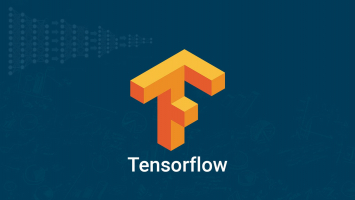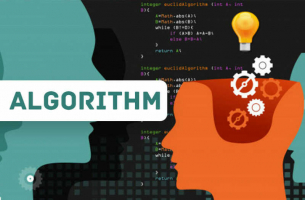Top 10 Best Books On Cryptography
In today's computerized environment, cryptography is a crucial technique for protecting information. Despite its significance, understanding cryptography can ... read more...be challenging. Check out our selection of the best books on cryptography if you want to learn more about this important subject.
-
David Wong is an engineer in cryptography. He actively contributes to internet standards such as Transport Layer Security.
Cryptography is the fundamental building block of IT security. To stay ahead of malicious actors, you must understand the tools, frameworks, and protocols that protect your networks and applications. In plain language and with beautiful illustrations, this book introduces authentication, encryption, signatures, secret-keeping, and other cryptography concepts.
The book is a hands-on guide to the cryptography behind common tools and protocols, allowing you to make better security decisions for your systems and applications. Real-World Cryptography contains the following:
- Best practices for implementing cryptography
- Cryptographic algorithm diagrams and explanations
- Digital signatures and zero-knowledge proofs are being implemented.
- Specialized hardware for attacks and hostile environments
- Identifying and correcting poor practices
- Choosing the best cryptographic tool for the job
Real-World Cryptography delves into the cryptographic techniques that power the security of web APIs, user registration and authentication, and even the blockchain. You'll discover how these techniques power modern security and how to use them in your own projects. Along with modern methods, the book foresees the future of cryptography by delving into emerging and cutting-edge advances like cryptocurrencies and post-quantum cryptography. All techniques are fully illustrated with diagrams and examples so that you can quickly see how to apply them.
Author: David Wong
Link to buy: https://www.amazon.com/Real-World-Cryptography-David-Wong/dp/1617296716
Ratings: 4.4 out of 5 stars (from 44 reviews)
Best Sellers Rank: #116,732 in Books
#16 in Computer Cryptography
#22 in Web Encryption
#108 in Internet & Telecommunications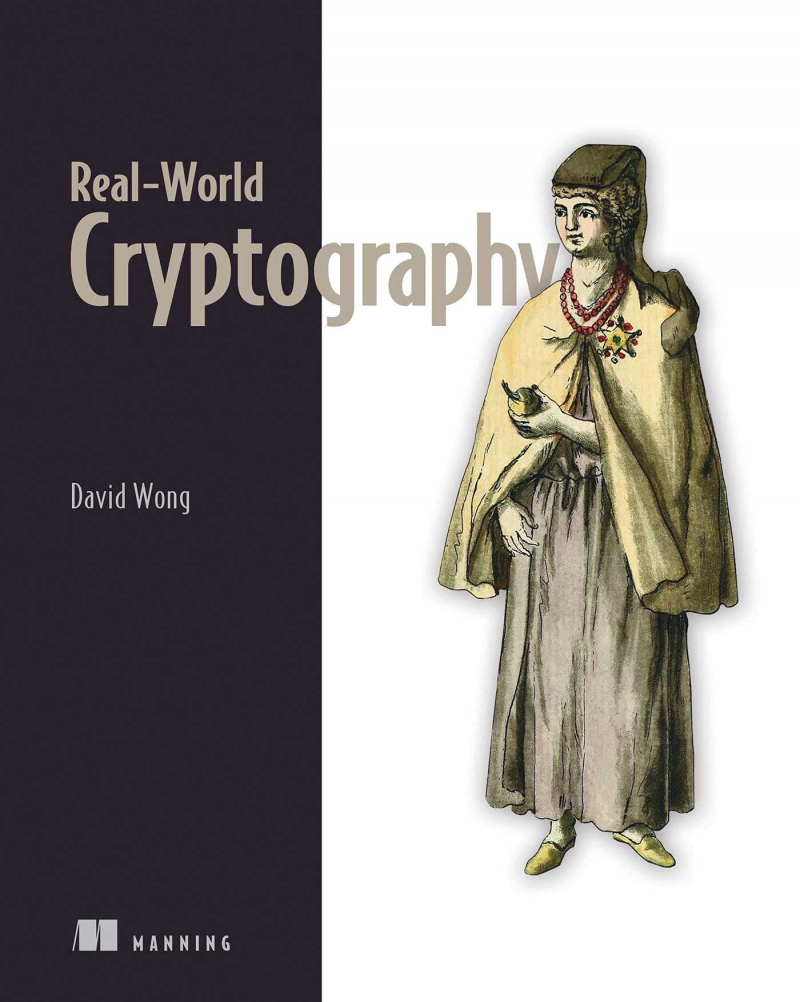
amazon.com 
amazon.com -
Ivan Ristic is a security researcher, engineer, and author best known for his contributions to the field of web application firewalls and the development of ModSecurity, an open source web application firewall, as well as his SSL/TLS and PKI research, tools, and guides available on the SSL Labs website. He is the author of two books, Apache Security and ModSecurity Handbook, which he publishes through Feisty Duck, his own writing and publishing platform.
Bulletproof SSL and TLS is a comprehensive guide to deploying secure servers and web applications using SSL and TLS encryption. This book, written by Ivan Ristic, the popular SSL Labs web site's author, will teach you everything you need to know about protecting your systems from eavesdropping and impersonation attacks.
This book contains the ideal blend of theory, protocol detail, vulnerability and weakness information, and deployment advice to help you get the job done:
- Updates to the digital version provide comprehensive coverage of the ever-changing field of SSL/TLS and Internet PKI.
- Help IT security professionals understand the risks
- Assist system administrators in securely deploying systems.
- Assist developers in designing and implementing secure web applications.
- Practical and concise, with additional depth when specifics are required
- An overview of cryptography and the most recent TLS protocol version
- Discussion of flaws at all levels, including implementation issues, HTTP and browser issues, and protocol vulnerabilities.
- BEAST, CRIME, BREACH, Lucky 13, RC4 biases, Triple Handshake Attack, and Heartbleed are among the most recent attacks covered.
- Extensive deployment guidance, including advanced technologies like Strict Transport Security, Content Security Policy, and pinning
- How to use OpenSSL to generate keys and certificates, as well as to set up and run a private certification authority
- A tutorial on how to use OpenSSL to test servers for vulnerabilities.
- Practical server configuration advice for Apache httpd, IIS, Java, Nginx, Microsoft Windows, and Tomcat.
Author: Ivan Ristic
Link to buy: https://www.amazon.com/Bulletproof-SSL-TLS-Understanding-Applications/dp/1907117040
Ratings: 4.8 out of 5 stars (from 107 reviews)
Best Sellers Rank: #786,355 in Books
#148 in Computer Cryptography
#187 in Web Encryption
#572 in Computer Network Security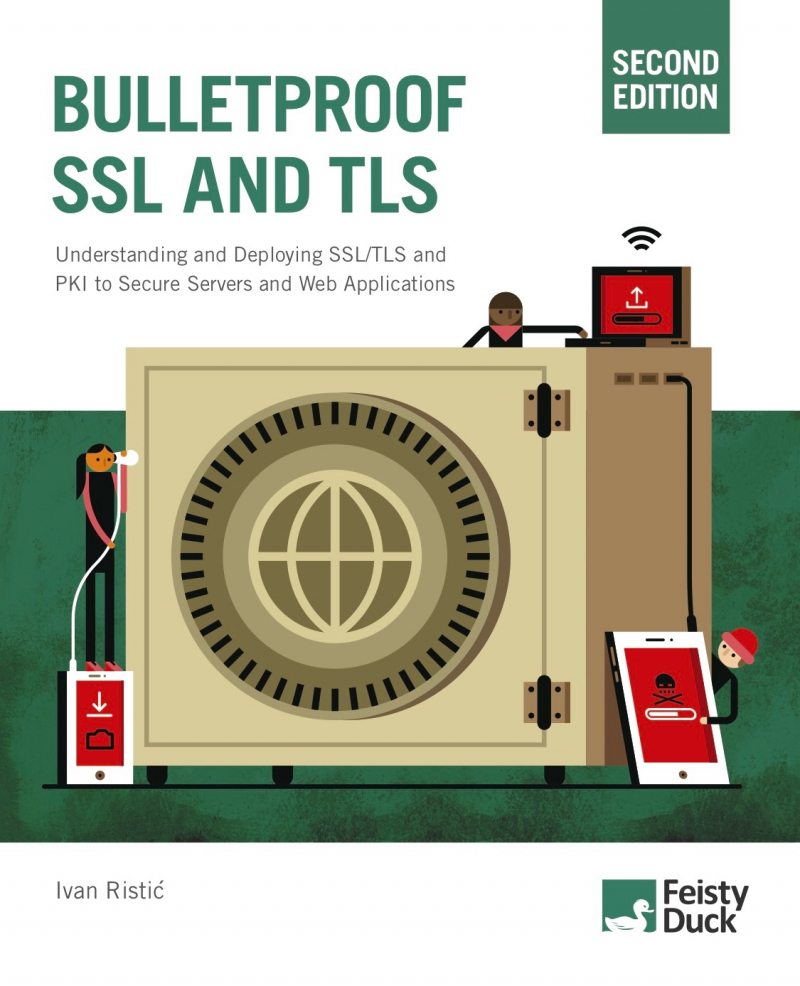
https://blog.ivanristic.com/ 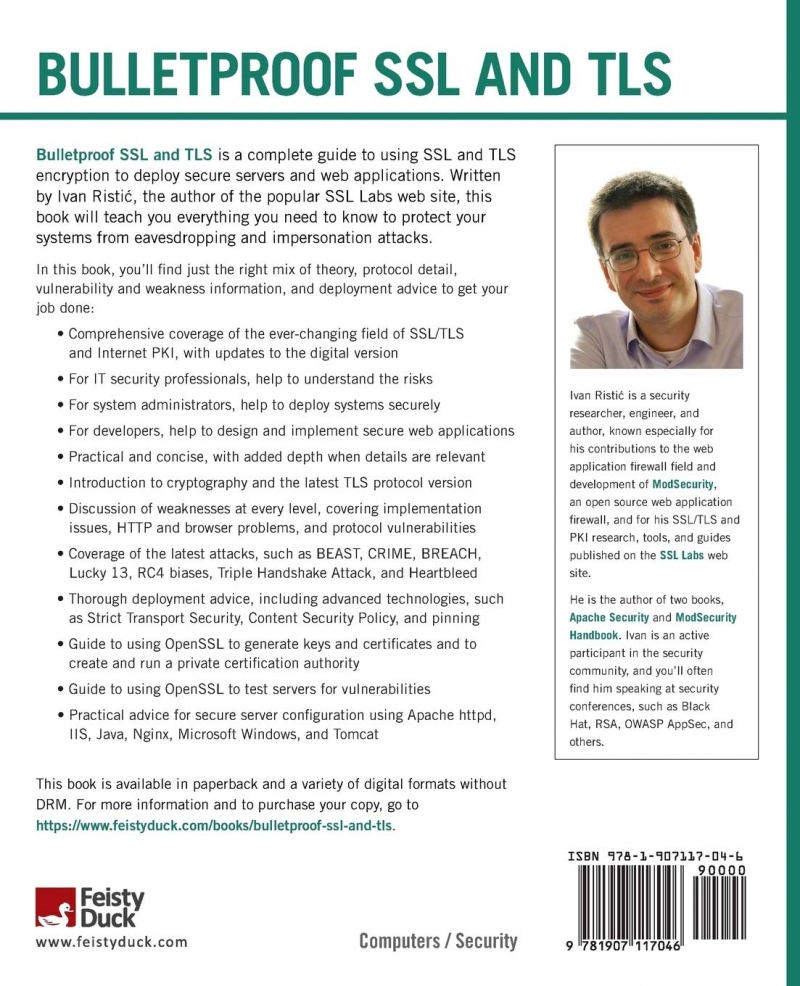
amazon.com -
Al Sweigart is a professional software developer who teaches both children and adults how to code. He is the No Starch Press author of Automate the Boring Stuff with Python, Invent Your Own Computer Games with Python, and Scratch Programming Playground. Inventwithpython.com hosts his programming tutorials.
Learn Python programming while creating and breaking ciphers—algorithms used to create and send encrypted messages!
Following a crash course in Python programming fundamentals, you'll learn to create, test, and hack programs that encrypt text using classical ciphers such as the transposition cipher and Vigenère cipher. You'll start with simple programs for the reverse and Caesar ciphers and progress to public key cryptography, which is used to secure today's online transactions such as digital signatures, email, and Bitcoin.
Each program includes the complete source code as well as a line-by-line explanation of how things work. You'll have learned how to code in Python by the end of Cracking Codes with Python, and you'll have the clever programs to prove it!
You'll also discover how to:
- Construct real-world programs by combining loops, variables, and flow control statements.
- Use dictionary files to determine whether decrypted messages are valid English or gibberish in real time.
- Create test programs to ensure that your code correctly encrypts and decrypts.
- Code (and hack!) a working example of the affine cipher, which encrypts a message using modular arithmetic
- Break ciphers using brute-force and frequency analysis techniques.
Playing with real programs is the best way to learn to code. Cracking Codes with Python makes learning enjoyable!
Author: Al Sweigart
Link to buy: https://www.amazon.com/Cracking-Codes-Python-Introduction-Building/dp/1593278225
Ratings: 4.7 out of 5 stars (from 363 reviews)
Best Sellers Rank: #98,693 in Books
#56 in Computer Hacking
#88 in Python Programming
#112 in Software Development (Books)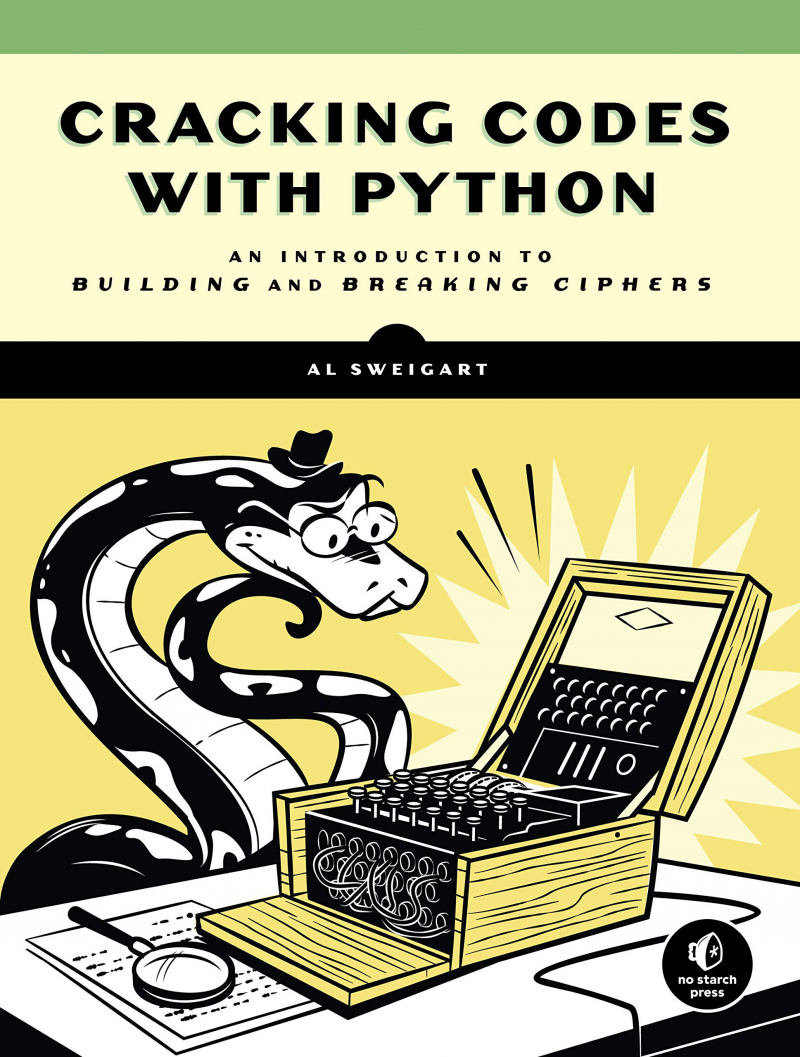
amazon.com 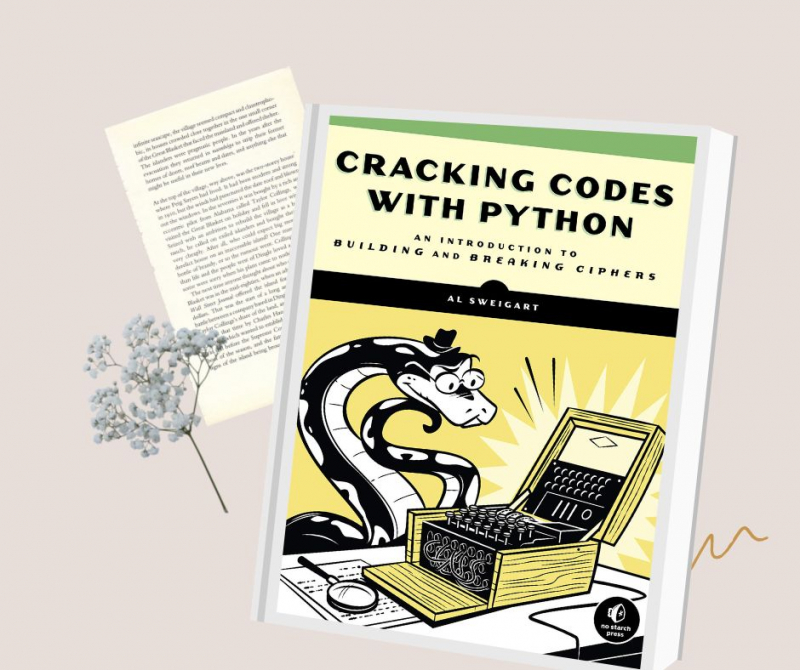
amazon.com -
Jean-Philippe Aumasson is the Principal Research Engineer at Kudelski Security, a Swiss-based international cybersecurity firm. He has published over 40 research papers in the field of cryptography and cryptanalysis, and he designed the widely used hash functions BLAKE2 and SipHash. He frequently speaks at information security conferences, including Black Hat, DEF CON, Troopers, and Infiltrate.
This practical guide to modern encryption deconstructs the fundamental mathematical concepts at the heart of cryptography without avoiding in-depth discussions of how they work. Authenticated encryption, secure randomness, hash functions, block ciphers, and public-key techniques such as RSA and elliptic curve cryptography will be covered.
You'll also learn:
- Key cryptographic concepts like computational security, attacker models, and forward secrecy
- The strengths and limitations of the TLS protocol that powers HTTPS secure websites
- Quantum computation and post-quantum cryptography
- Examining numerous code examples and use cases to learn about various vulnerabilities
- How to select the best algorithm or protocol and ask the right questions of vendors
Each chapter discusses common implementation blunders using real-world examples, detailing what can go wrong and how to avoid these pitfalls.
Serious Cryptography will provide a comprehensive survey of modern encryption and its applications, whether you're a seasoned practitioner or a beginner looking to get started. It is among the best books on cryptography.
Author: Jean-Philippe Aumasson
Link to buy: https://www.amazon.com/Serious-Cryptography-Practical-Introduction-Encryption/dp/1593278268
Ratings: 4.7 out of 5 stars (from 338 reviews)
Best Sellers Rank: #62,716 in Books
#9 in Computer Cryptography
#13 in Web Encryption
#30 in Computer Network Security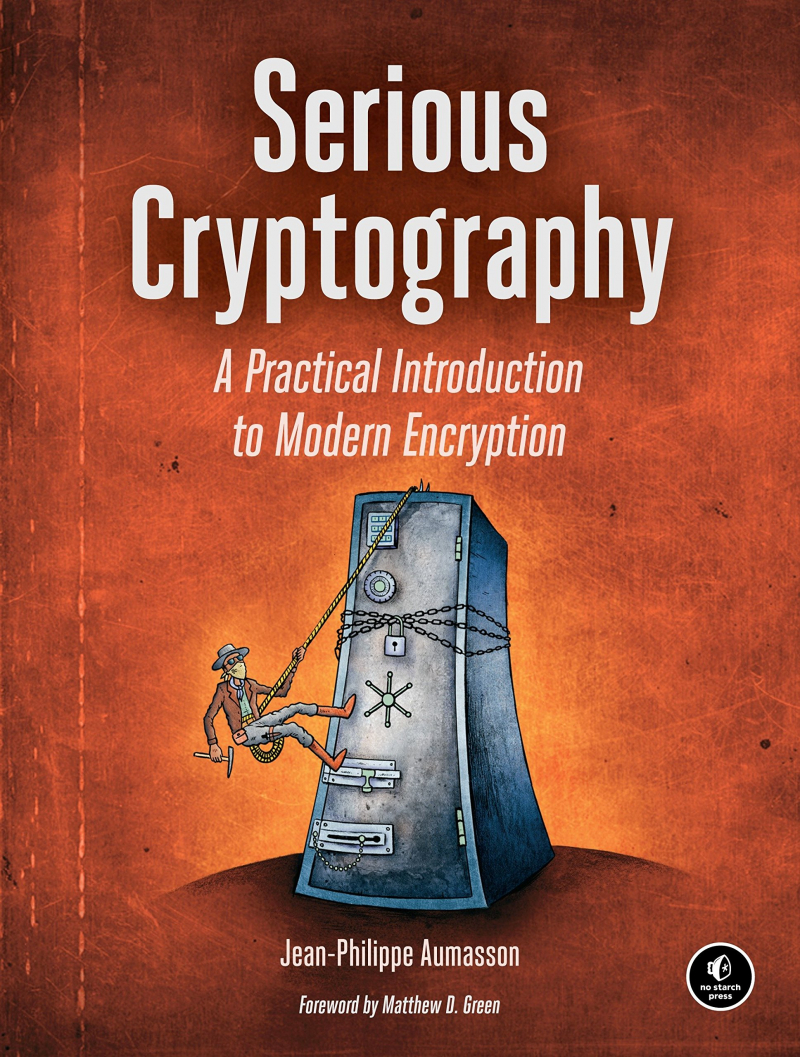
amazon.com 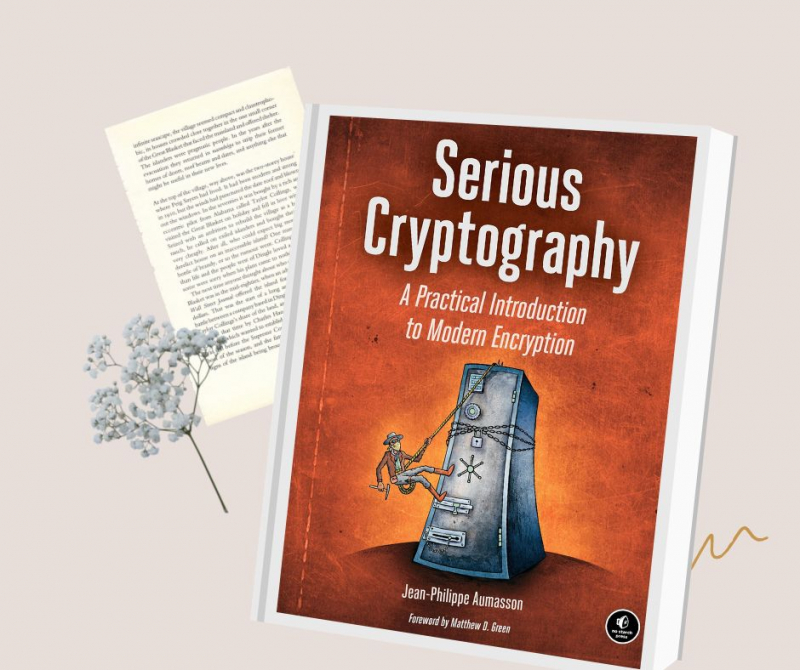
amazon.com -
Niels Ferguson works for Microsoft as a cryptographer, designing and implementing cryptographic algorithms, protocols, and large-scale security infrastructures. Bruce Schneier is a world-renowned security expert whose advice is sought by businesses, governments, and the media. He is the author of several books, including Applied Cryptography, Secrets and Lies, and Schneier on Security. Tadayoshi Kohno is a University of Washington professor. He is well-known for his research and for pioneering novel approaches to cryptography and computer security education.
Cryptography is critical to keeping information secure in an era when the formula for doing so becomes increasingly difficult. This essential guide, written by a team of world-renowned cryptography experts, is the definitive introduction to all major areas of cryptography: message security, key negotiation, and key management. You will discover how to think like a cryptographer. You'll learn how to build cryptography into products from the ground up, as well as examine the many technical changes in the field.
Following an introduction to cryptography and what it means today, this indispensable resource delves into block ciphers, block modes, hash functions, encryption modes, message authentication codes, implementation issues, negotiation protocols, and more. Examples and hands-on exercises help you better understand the multifaceted field of cryptography.
- An author team of internationally recognized cryptography experts keeps you up to date on important cryptography topics.
- Demonstrates how to incorporate cryptography into products from the start.
- Examines cryptographic updates and changes
- Key servers, message security, authentication codes, new standards, block ciphers, message authentication codes, and other topics are covered.
Cryptography Engineering introduces you to the ever-changing field of cryptography.
Author: Niels Ferguson, Bruce Schneier and Tadayoshi Kohno
Link to buy: https://www.amazon.com/Cryptography-Engineering-Principles-Practical-Applications/dp/0470474246
Ratings: 4.5 out of 5 stars (from 158 reviews)
Best Sellers Rank: #150,107 in Books
#18 in Computer Cryptography
#26 in Web Encryption
#225 in Computer Science (Books)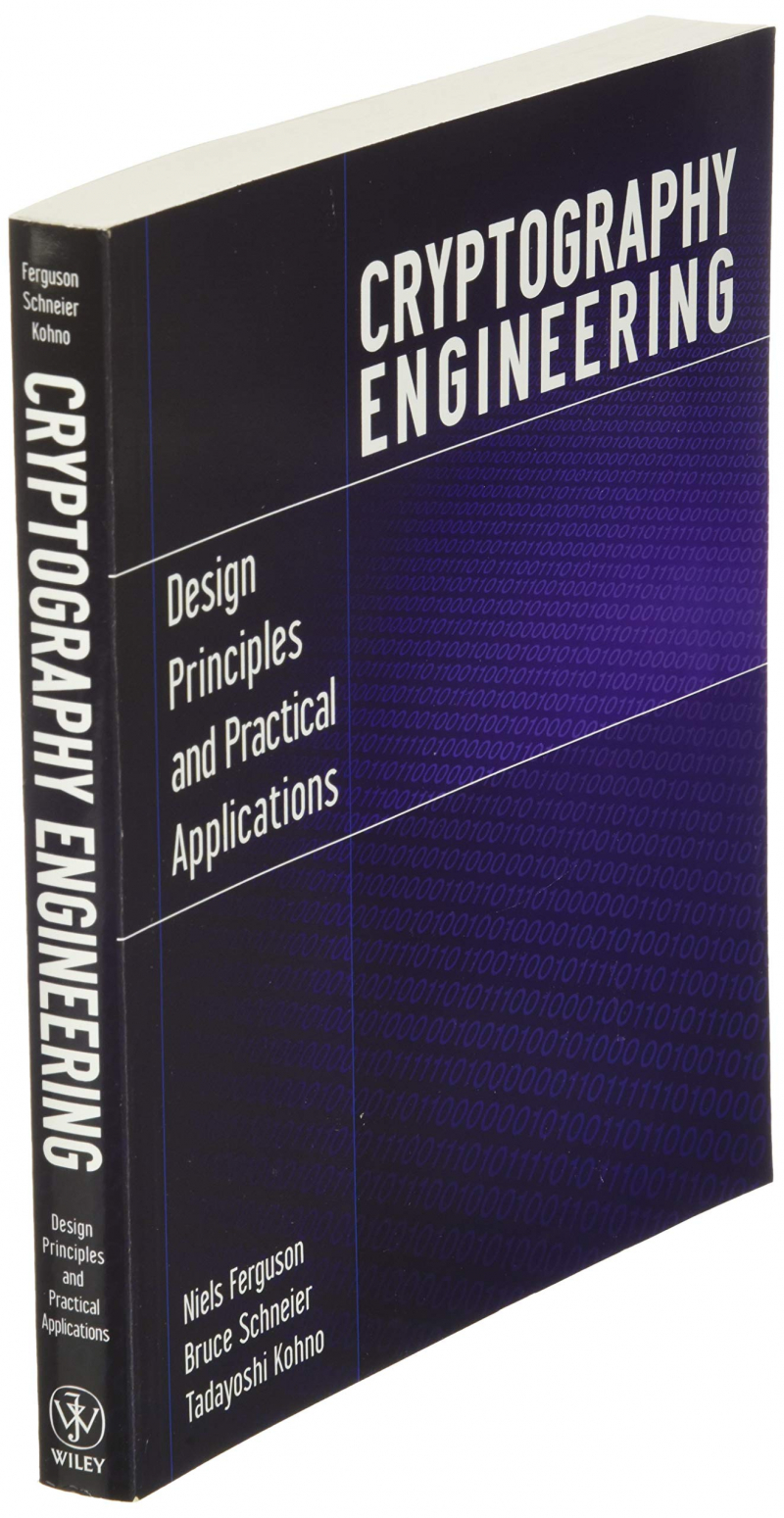
Amazon.in 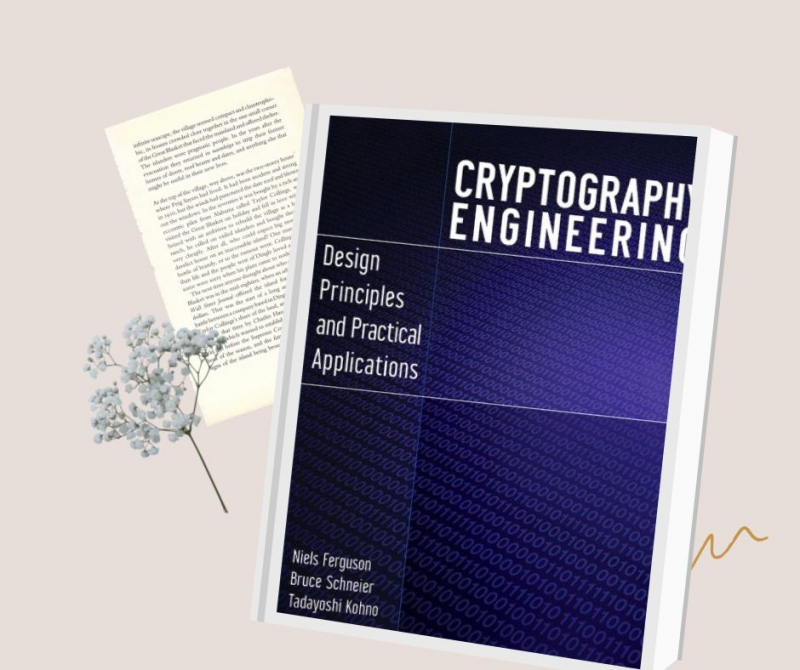
amazon.com -
Bruce Schneier is a security technologist who has been dubbed a "security guru" by The Economist. He is the author of twelve books, including his seminal work, Applied Cryptography: Protocols, Algorithms, and Source Code in C, as well as hundreds of articles, essays, and academic papers. Schneier is a Berkman Center for Internet and Society fellow at Harvard Law School, an Open Technology Institute program fellow at the New America Foundation, a board member of the Electronic Frontier Foundation, and an Advisory Board member of the Electronic Privacy Information Center. He is also Resilient Systems, Inc.'s Chief Technology Officer.
Among the best books on cryptography, Applied Cryptography explains how programmers and electronic communications professionals can use cryptography—the technique of encrypting and deciphering messages—to keep computer data private. It describes dozens of cryptography algorithms, provides practical advice on how to incorporate them into cryptographic software, and demonstrates how they can be used to solve security issues. The book demonstrates how programmers who create computer applications, networks, and storage systems can incorporate security into their software and systems.
This premium edition, with a new Introduction by the author, will be a keepsake for anyone interested in computer and cyber security.
Author: Bruce Schneier
Link to buy: https://www.amazon.com/Applied-Cryptography-Protocols-Algorithms-Source/dp/1119096723
Ratings: 4.5 out of 5 stars (from 104 reviews)
Best Sellers Rank: #379,132 in Books
#61 in Computer Cryptography
#79 in Web Encryption
#865 in Computer Science (Books)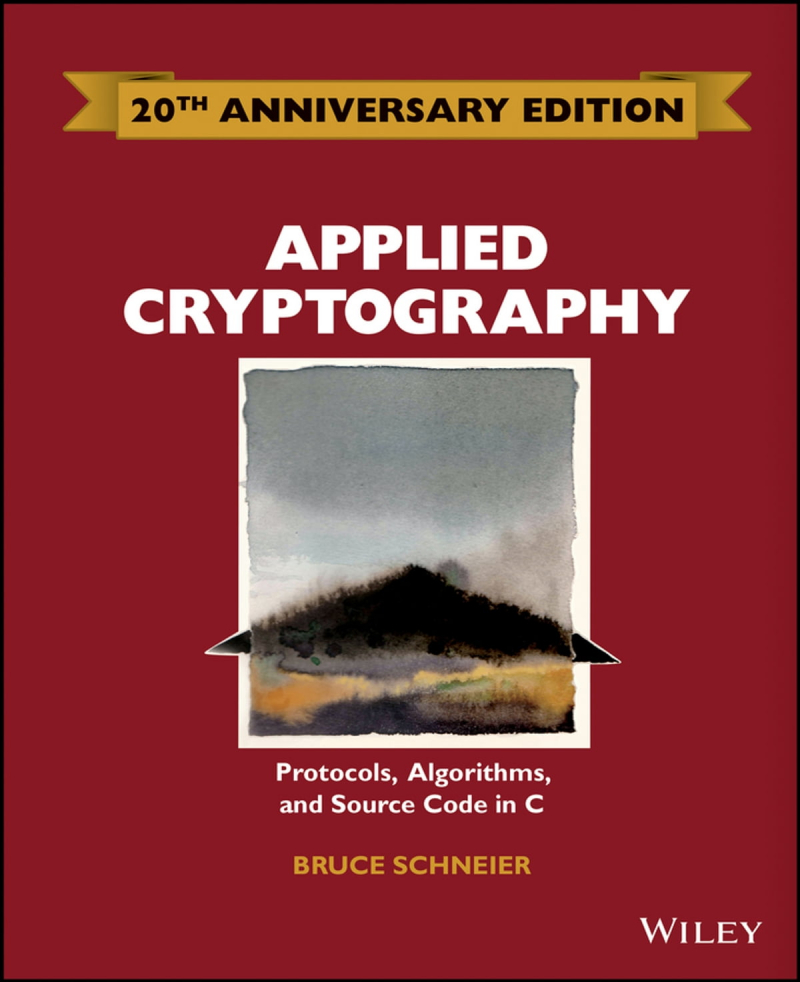
https://www.kobo.com/ 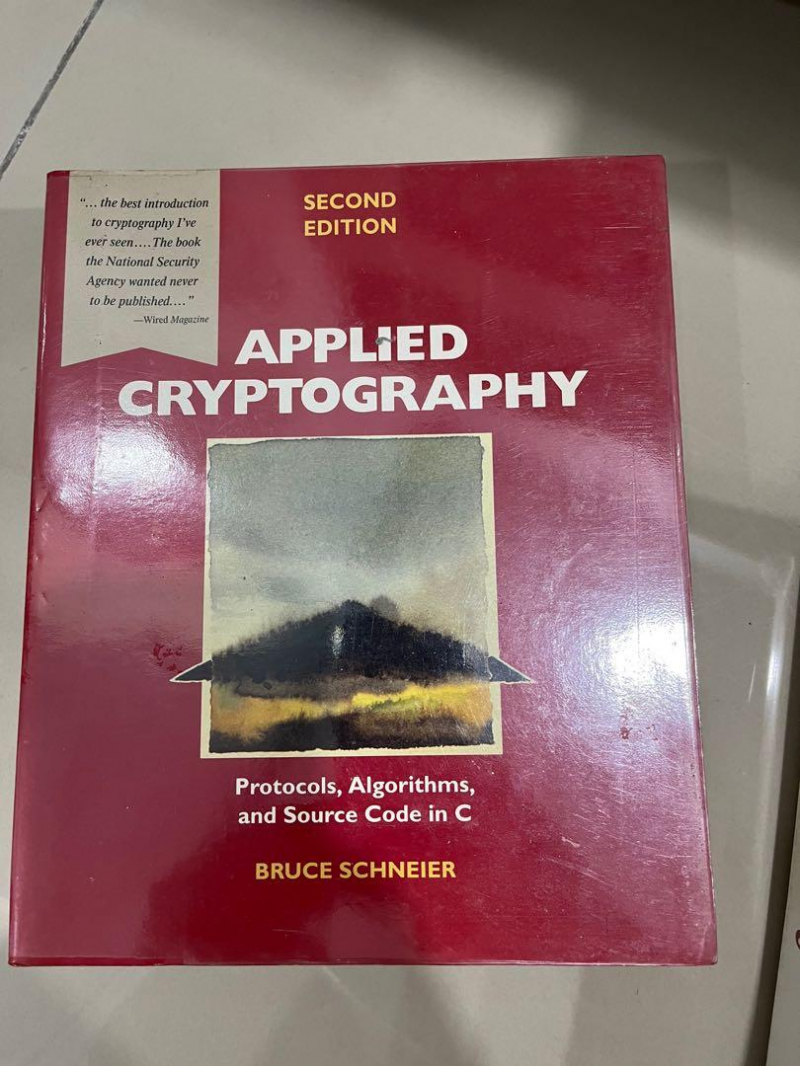
https://www.carousell.com.my/ -
Niels Ferguson is a consultant and cryptographic engineer. He has a wealth of experience designing and implementing cryptographic algorithms, protocols, and large-scale security infrastructures. Ferguson previously worked as a cryptographer for DigiCash and CWI, and he collaborated with Bruce Schneier at Counterpane Internet Security. He has numerous scientific papers to his credit.
Bruce Schneier is the founder and CEO of Counterpane Internet Security, a managed-security monitoring firm. He is the author of Secrets and Lies: Digital Security in a Networked World and Applied Cryptography, and he is a world-renowned scientist, security expert, and lecturer (both from Wiley).
Security is a major concern for businesses worldwide in today's world. Without a secure computer system, you cannot make money, expand, or, most importantly, survive. Cryptography holds great promise as a technology for providing cyberspace security. Surprisingly, there is no literature on how to implement cryptography and incorporate it into real-world systems. Practical Cryptography is the first hands-on cryptographic product implementation guide, bridging the gap between cryptographic theory and real-world cryptographic applications, written by an international renown author team.
This companion volume to the best-selling Applied Cryptography delves into and explains the fundamentals of cryptography. Discussions can be found on:
- Practical guidelines for selecting and employing cryptographic primitives ranging from block ciphers to digital signatures.
- Securely implementing cryptographic algorithms and systems on today's computers
- A consistent design philosophy to ensure that every component of the system meets the required level of security.
- Why security affects every aspect of the system and why it must be a top priority for the project
- How simple cryptographic primitive interfaces reduce system complexity while increasing system security
Author: Niels Ferguson and Bruce Schneier
Link to buy: https://www.amazon.com/Practical-Cryptography-Niels-Ferguson/dp/047122894X/
Ratings: 4.5 out of 5 stars (from 74 reviews)
Best Sellers Rank: #3,358,849 in Books
#8,030 in Computer Security & Encryption (Books)
#18,584 in Computer Science (Books)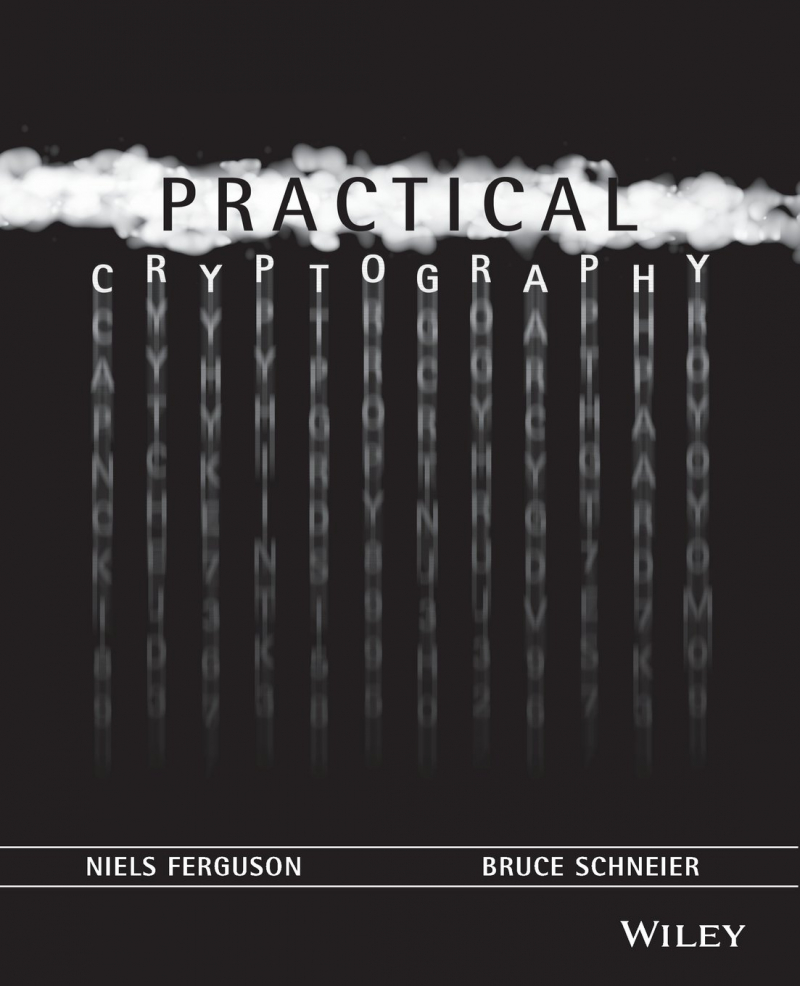
https://www.amazon.fr/ 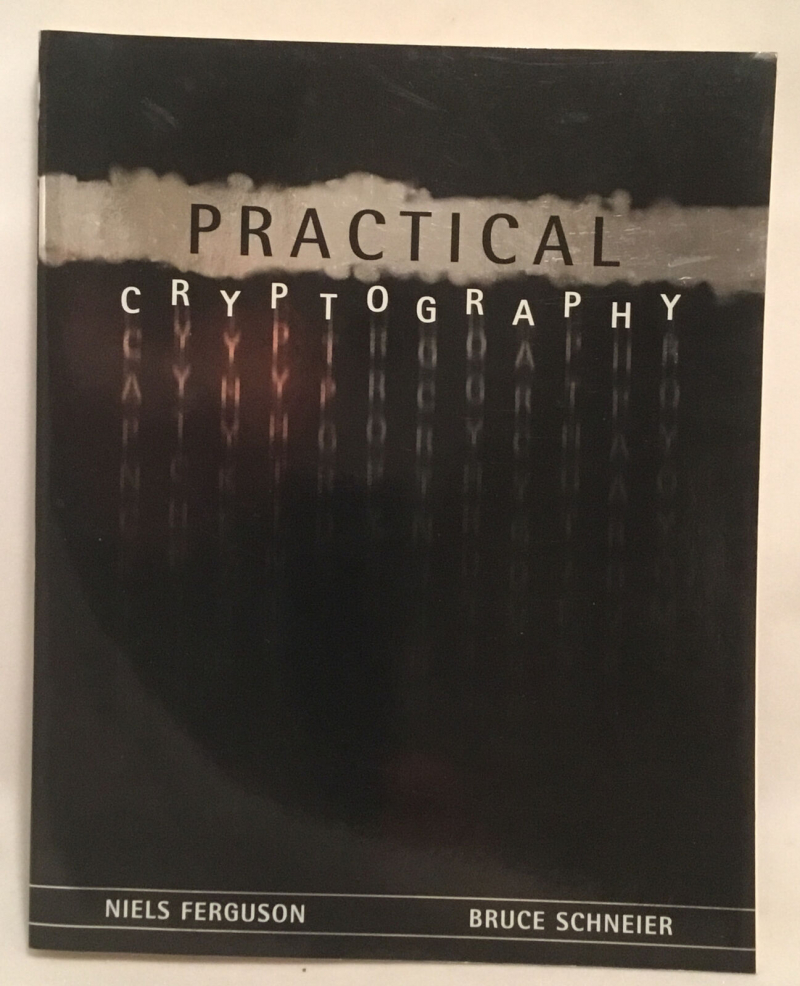
ebay.com -
Building Secure Software (Addison-Wesley) and Network Security with OpenSSL (O'Reilly) coauthor John Viega, Founder and Chief Scientist of Secure Software (www.securesoftware.com). John is the creator of several software security tools, as well as the original author of Mailman, the GNU mailing list manager.
Matt Messier, Director of Engineering at Secure Software, is a security expert with nearly two decades of programming experience. Matt coauthored the Safe C String Library, RATS, and EGADS, an Entropy Gathering and Distribution System used for securely seeding pseudo-random number generators, in addition to Network Security with OpenSSL.
Password sniffing, spoofing, buffer overflows, and denial of service are just a few of the attacks that can be launched against today's computer systems and networks. Poorly written, poorly tested, and insecure code is at the root of this epidemic, putting everyone at risk. Clearly, today's developers require assistance in determining how to write code that attackers will not be able to exploit. However, writing such code is a surprisingly difficult task.
The Secure Programming Cookbook for C and C++ is a valuable new resource for developers interested in writing secure code. It includes a plethora of solutions to problems encountered by those concerned about the security of their applications. Safe initialization, access control, input validation, symmetric and public key cryptography, cryptographic hashes and MACs, authentication and key exchange, PKI, random numbers, and anti-tampering are among the topics covered. The book's more than 200 recipes provide a rich set of code samples to help programmers secure the C and C++ programs they write for both Unix® (including Linux®) and Windows® environments. Readers will discover:
- How to avoid common programming mistakes like buffer overflows, race conditions, and format string issues
- How to Properly Enable SSL in Applications
- Without SSL, how do you create secure channels for client-server communication?
- How to Integrate PKI (Public Key Infrastructure) into Applications
- Best practices for properly using cryptography
- Techniques and strategies for properly validating program input
- How to Run Programs Safely
- How to use file access mechanisms correctly Techniques for preventing reverse engineering
The book's website supplements it by providing a place to post new recipes, including those written in other languages such as Perl, Java, and Python. The best recipes submitted by readers will be awarded monthly prizes.
Secure Programming Cookbook for C and C++ is destined to become a staple in any developer's library, a code companion that developers will return to time and again as they seek to protect their systems from attackers and reduce the risks they face in today's dangerous world. It is among the best books on cryptography.
Author: John Viega and Matt Messier
Link to buy: https://www.amazon.com/Secure-Programming-Cookbook-Cryptography-Authentication/dp/0596003943
Ratings: 4.4 out of 5 stars (from 34 reviews)
Best Sellers Rank: #962,617 in Books
#168 in C Programming Language
#263 in C++ Programming Language
#686 in Computer Network Security
Ebay.com 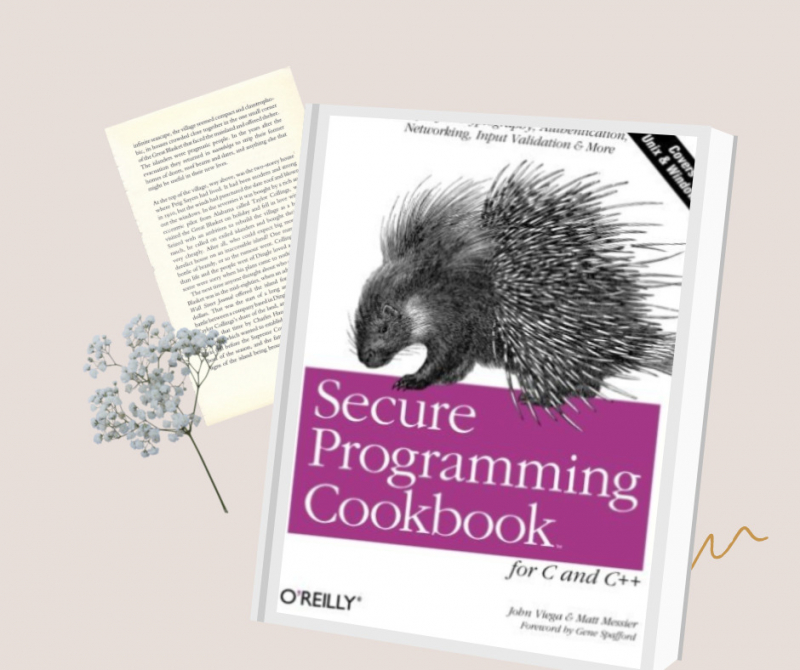
Ebay.com -
Fred Piper has worked in security since 1979 and has been a Professor of Mathematics at the University of London since 1975. In 1985, he founded Codes & Ciphers Ltd., which provides consulting services in all aspects of information security. He has lectured on a wide range of information security topics both academically and commercially around the world.
Sean Murphy is a Reader in the Information Security Group at the moment. His research focuses on cryptology, particularly encryption algorithms. He was one of the first to publish papers on differential cryptanalysis and has written papers on a wide range of cryptographic algorithms, including DES, FEAL, IDEA, SAFER, and Twofish.
Cryptography: A Very Short Introduction provides a clear and informative introduction to cryptography and data protection, both of which are important social and political issues. It describes what algorithms are, how they are used, the risks associated with their use, and why governments should be concerned. Stream ciphers, block ciphers, public key algorithms, digital signatures, and applications such as e-commerce are all highlighted. This book emphasizes cryptography's explosive impact on modern society, such as the evolution of the internet and the introduction of more sophisticated banking methods.
Author: by Fred Piper and Sean Murphy
Link to buy: https://www.amazon.com/Cryptography-Short-Introduction-Fred-Piper/dp/0192803158
Ratings: 4.4 out of 5 stars (from 119 reviews)
Best Sellers Rank: #1,349,449 in Books
#288 in Secretarial Aids & Training (Books)
#320 in Web Encryption
#1,517 in National & International Security (Books)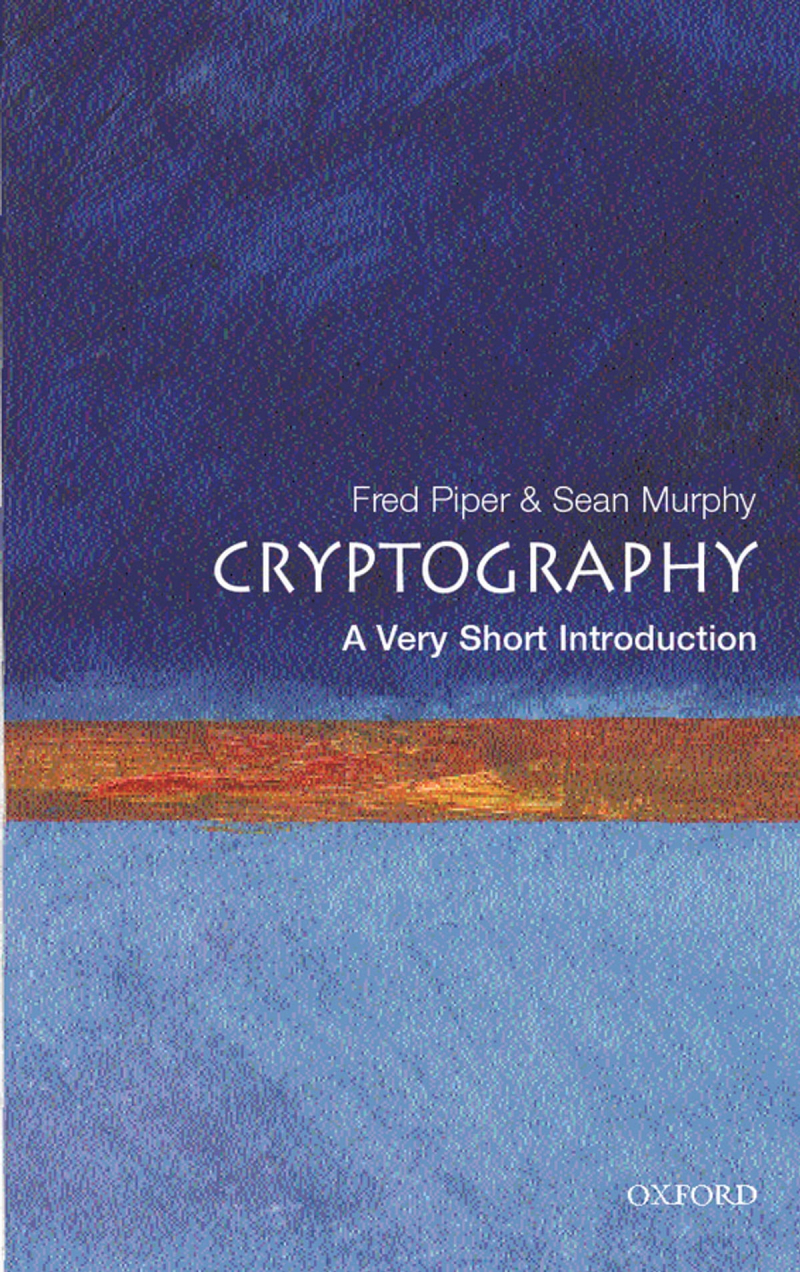
Kobo.com 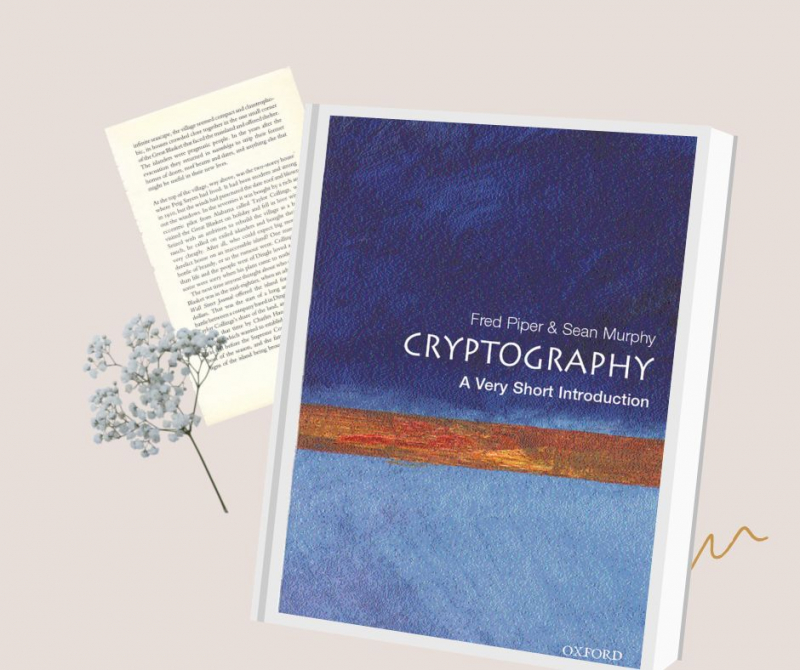
amazon.com -
Christof Paar holds the Chair for Embedded Security at the University of Bochum in Germany and is an Adjunct Professor at the University of Massachusetts at Amherst in the United States. Paar has taught cryptography to engineering and computer science students in the United States and Europe for 15 years, and he has taught many industrial practitioners at organizations such as Motorola, Philips, and NASA.
January Pelzl began his career at Bosch Telecom GmbH after earning a Ph.D. in applied cryptography and investigating the practical aspects of elliptic-curve-based cryptography and cryptanalysis as a researcher. He has extensively published about his theoretical and industrial work in leading international conferences and journals, and he has taught numerous IT security and cryptography courses in industry.
Cryptography is now ubiquitous; we see cryptographic techniques implemented in Web browsers, e-mail programs, cell phones, manufacturing systems, embedded software, smart buildings, cars, and even medical implants, in addition to traditional environments such as government communications and banking systems. Today's designers require a thorough understanding of applied cryptography.
Following an introduction to cryptography and data security, the authors explain the main techniques in modern cryptography, with chapters addressing stream ciphers, the Data Encryption Standard (DES) and 3DES, the Advanced Encryption Standard (AES), block ciphers, the RSA cryptosystem, public-key cryptosystems based on the discrete logarithm problem, elliptic-curve cryptography (ECC), digital signatures, hash functions, Message (PKI). The authors focus on communicating the essentials while keeping the mathematics to a minimum throughout the book, and they move quickly from explaining the foundations to describing practical implementations, including recent topics such as lightweight ciphers for RFIDs and mobile devices, as well as current key-length recommendations.
The authors have extensive experience teaching applied cryptography to engineering and computer science students and professionals, and they use examples, problems, and chapter reviews extensively, while the book's website includes slides, projects, and links to additional resources. Understanding Cryptography is appropriate for graduate and advanced undergraduate courses, as well as self-study by engineers. It is regarded as one of the best books on cryptography.
Author: Christof Paar and Jan Pelzl
Link to buy: https://www.amazon.com/Understanding-Cryptography-Textbook-Students-Practitioners/dp/3642446493/
Ratings: 4.6 out of 5 stars (from 331 reviews)
Best Sellers Rank: #819,308 in Books
#155 in Computer Cryptography
#196 in Web Encryption
#591 in Computer Network Security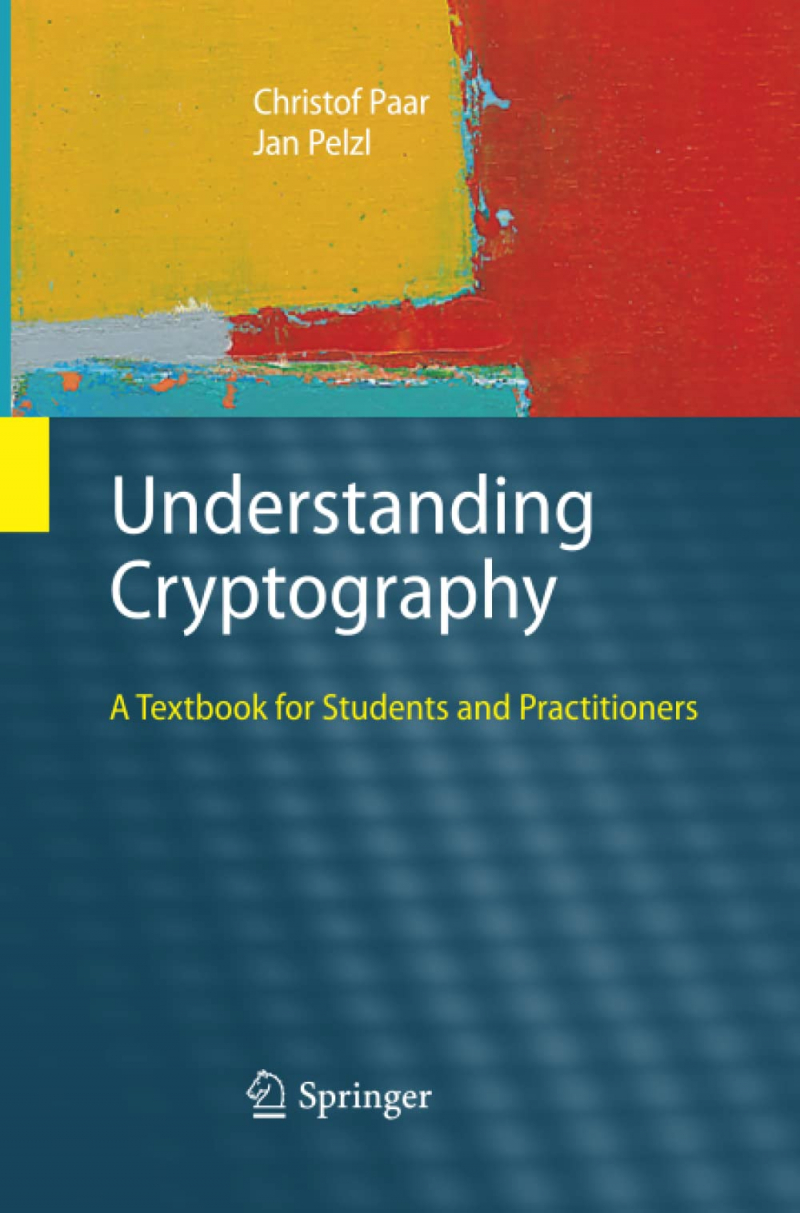
amazon.com 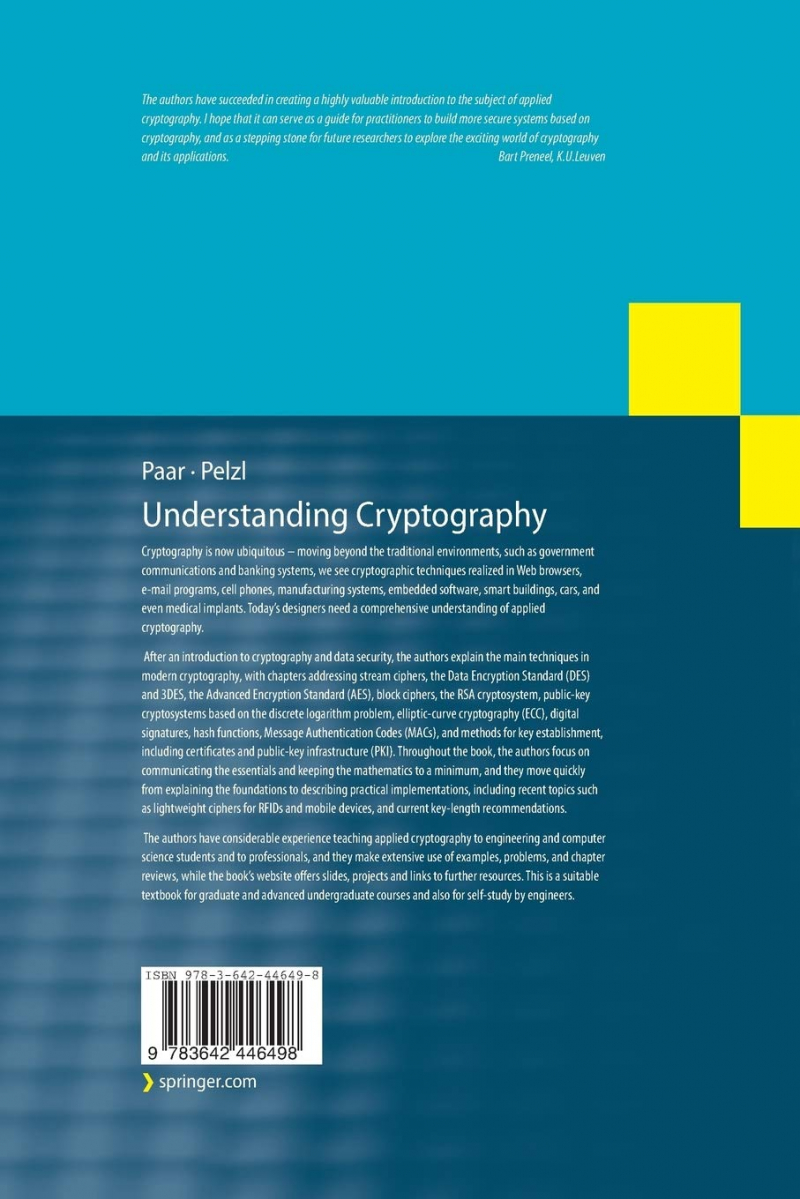
amazon.com



















